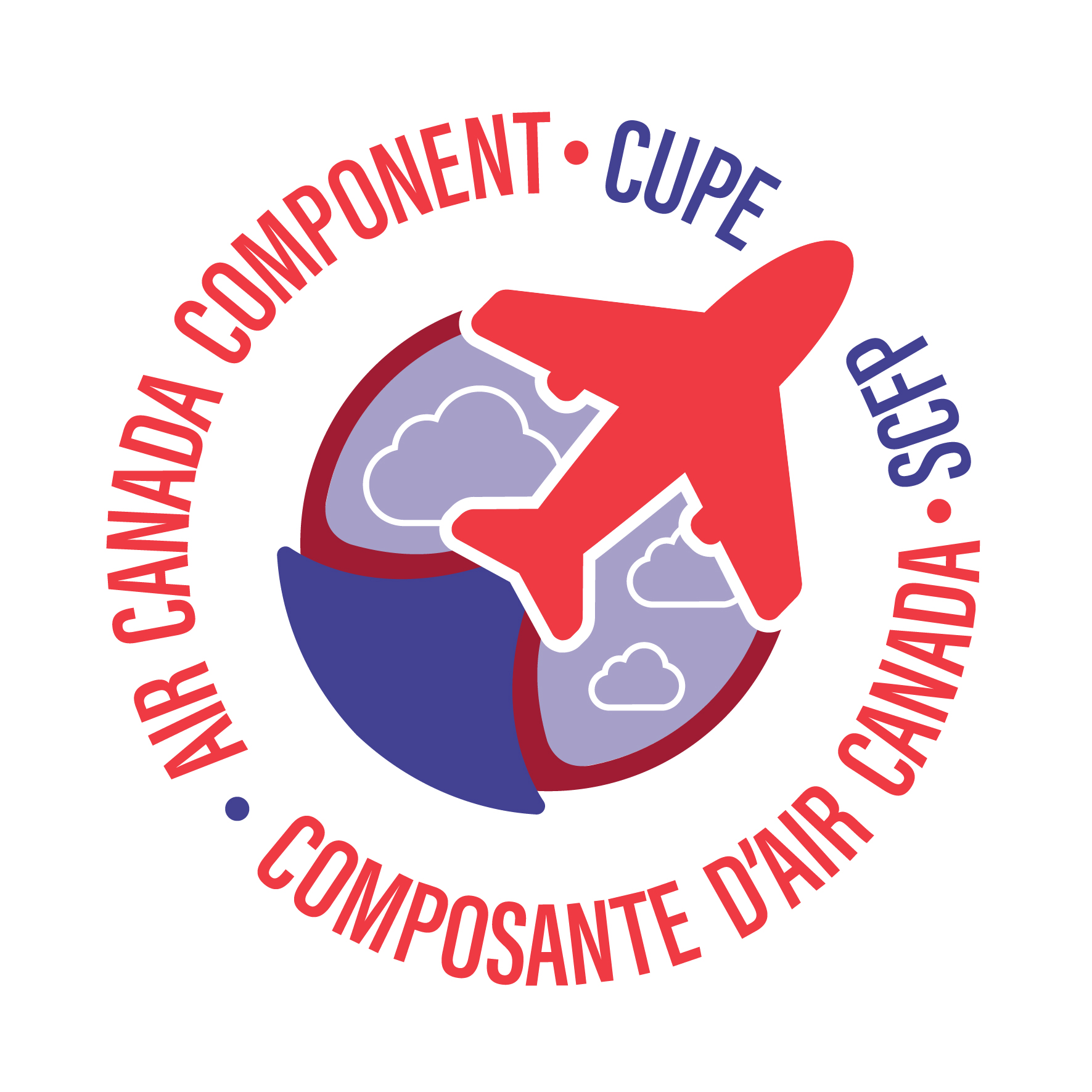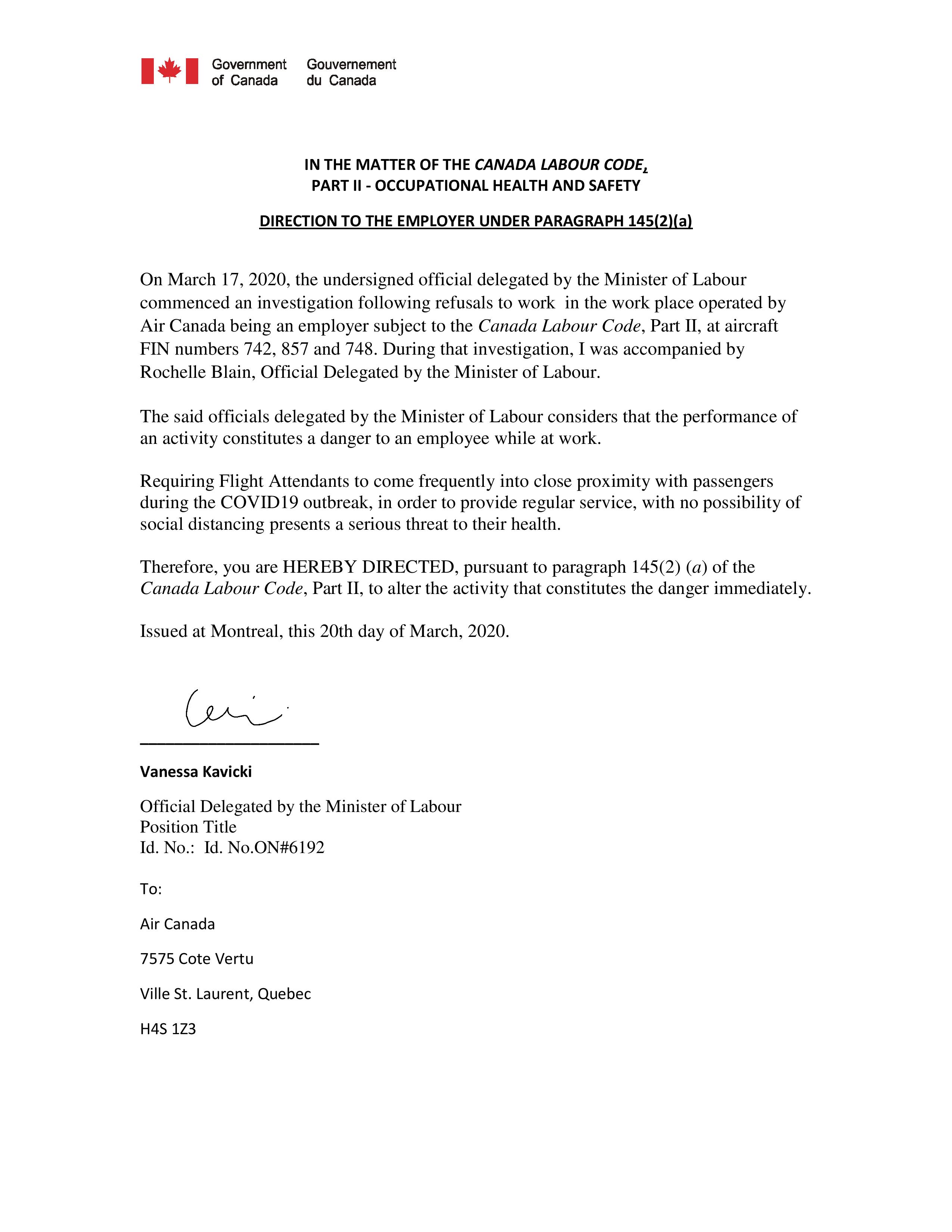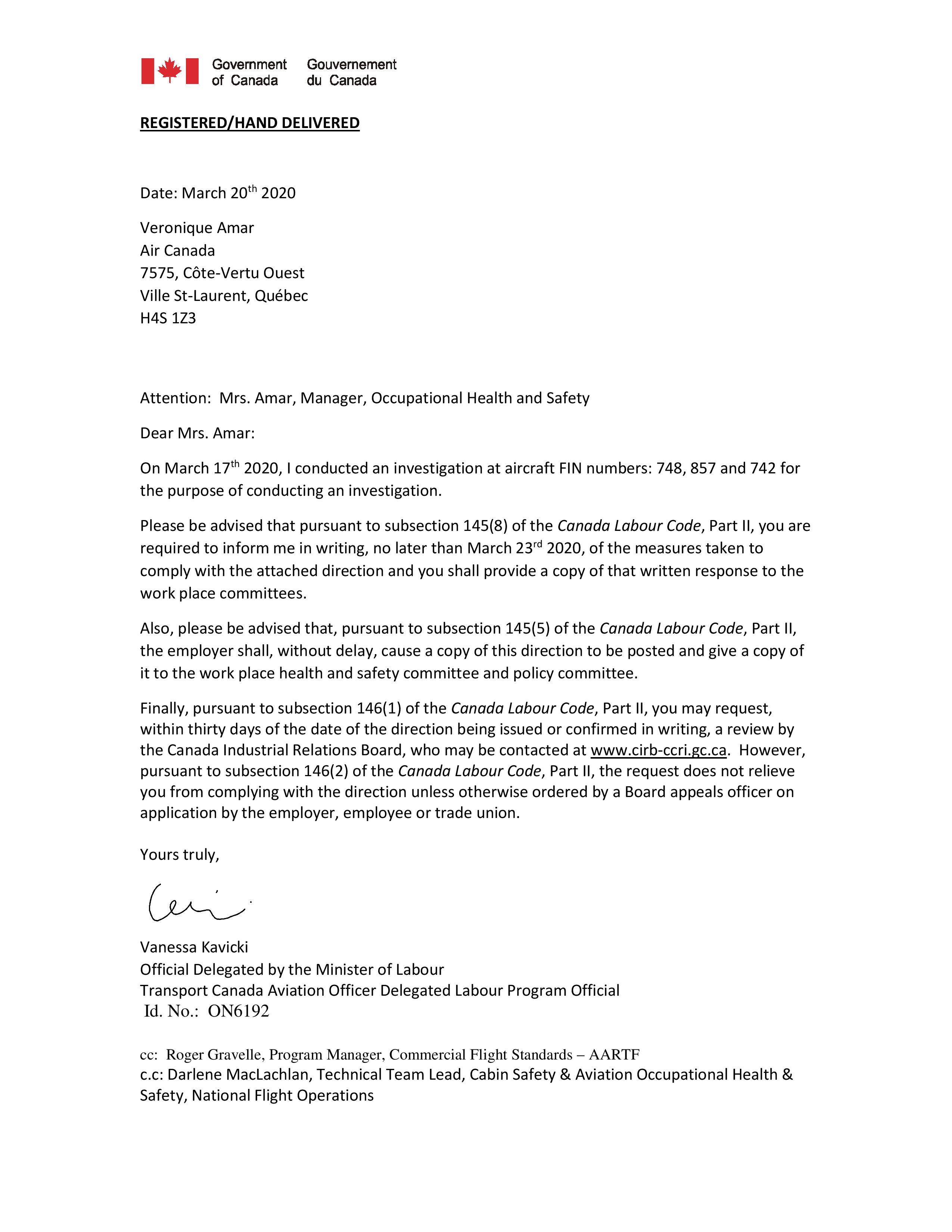Off-Duty Status (ODS) for April 2020 & The Next Steps
The Company has finalized the list of those going onto Off-Duty Status (ODS) for April 2020, and you should receive confirmation in your Air Canada email as well as note the change on PBS award page. We realize this news is difficult for those of you who have been involuntarily placed on ODS and want to let you know that your Union and EAP Committee are here to support you. For those of you who volunteered, we know the decision wasn’t easy but thank you for stepping up to support your colleagues during this time.
We heard from many members who missed the opportunity to voluntarily apply for ODS and as such the Company has agreed to re-open the voluntary ODS Bid in order to allow more volunteers. Please click HERE for instructions on how to volunteer. The bid will close on March 28, 2020 at 0900 EDT.
The Good News is that each additional volunteer at a base, will remove the most senior cabin personnel at that base who was involuntarily placed on ODS.
Please Note: If you were placed on involuntary ODS for April and want to retain this status, you need to submit a request for voluntary ODS at this time, as you may be returned to flying duty if the Company receives enough voluntary ODS bids.
We’ve also been getting lots of questions on next steps as the ODS program is only for April 2020.
The next steps are outlined in Letter of Understanding 60 and Article 17 of the Collective Agreement. The relevant section of LOU 60 is copied below for your reference.
L60.05 EMPLOYMENT SECURITY
L60.05.01 Prior to a reduction in forces which results in layoffs, Air Canada shall notify the Union well in advance of this action being taken in order to enable the parties to discuss ways of avoiding a layoff or minimizing the adverse effects of a layoff. To this end, the parties will attempt to determine appropriate alternatives, which could be available to employees affected.
L60.05.02 Should a reduction in forces trigger Division IX of Part III of the Canada Labour Code, the parties will apply the provisions of that Division.
L60.05.03 In the event that a reduction in forces occurs to which the requirements of Division IX of the Canada Labour Code do not apply, Air Canada agrees to mitigate any reduction in forces by offering mitigation options in the following order:
L60.05.03.01 A travel card program with a C-3 priority for any cabin personnel with more than 15 years of service who wishes to resign. Air Canada Mainline will communicate to the Union the company’s policy governing this.
L60.05.03.02 Leaves of absences up to the number required to mitigate layoffs to cabin personnel in order of seniority. The terms of the special leaves of absences will continue to apply to such leaves.
L60.05.03.03 If there are insufficient mitigations, the following programs will be offered and awarded on the basis of seniority:
- Mini-blocks to cabin personnel;
- The opportunity to utilize accrued vacation to cabin personnel.
L60.05.03.04 Any other mitigation agreed to by the parties at the time a surplus is identified.
The Component Officers will meet with the employer in the coming days to discuss the mitigation options in order to minimize layoffs. We will then take all of the information back to the Local Presidents for a full and final discussion and vote on how to move forward. Although LOU 60 provides specific mitigation options as outlined above (i.e. C3 Travel Program, LOAs and RBPs), we are also exploring alternate mitigations. We have received countless suggestions and will review all options with legal counsel prior to moving forward. The ultimate goal of the Union is to minimize layoffs for our members, if it becomes necessary then Article 17 will apply.
In solidarity,



